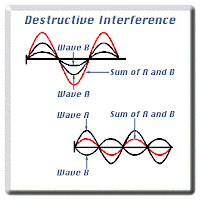-large particles
-"well mixed"
- appears to be uniform (the same) throughout
-small particles
-large particles/ permanently suspended
-will not separate upon standing
-Ex.Shaving cream; jello
-(homogeneous mixture)
-best mixed
-have solute and solvent
*Solution=When 1 substance dissolves into another
*Solute=Being dissolved
*Solvent=Thing dissolving solute
-Atoms together=element
-combines together
-element+element=compound
Example: Making brownies (:
*ingredients=elements
brownie=compound
-pure substance
-Ex: Water = hydrogen+oxygen
-pure substance (element)
Gas+Gas=Air (O in N)
Gas+Liquid=Soda Water (CO2 in H2O)
Solid+Liquid=Ocean Water (Salt in H2O)
Solid+Solid=Gold Jewlery(Cu in Au)









